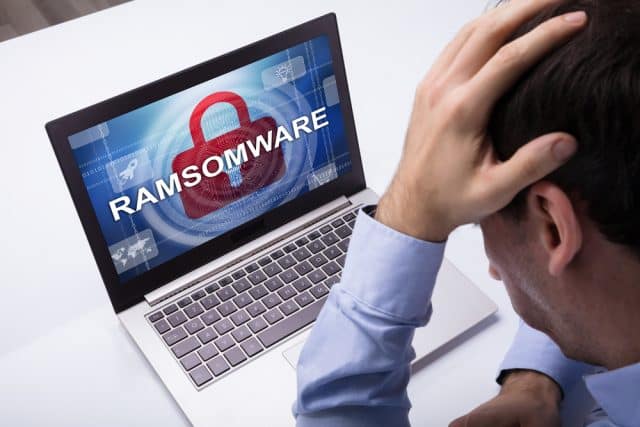Elevating enterprise resilience with real-time ransomware detection

2023 looks set to be yet another record-breaking year for ransomware attacks. According to Statista, over 72 percent of businesses worldwide have already been affected by ransomware attacks this year, with LockBit3.0 and CI0p Ransomware claiming the bulk of victims last quarter.
The scourge of modern digital businesses everywhere, the proliferation of ransomware shows no sign of slowing down thanks to the rise of ransomware-as-a-service (RaaS) platforms -- so much so that it has become the most prevalent issue confronting organizations today.
The impact of ransomware: downtime and data loss
Capable of crippling business-as-usual operations for hours, days, or more, ransomware attacks have devastating consequences for businesses. Alongside impacting business processes, attacks can leave organizations without the data they need to operate and deliver mission-critical services. They can also leave organizations open to financial extortion, regulatory fines, and reputation loss.
Worryingly, ransomware attacks happen at speed, with data sets typically being impacted and encrypted within an hour. Yet, according to the Google Cloud firm Mandiant Inc., it currently takes organizations an average of seven days to detect ransomware. By this time, an attack will already be well underway.
Clearly, closing this 'detection disconnect' is mission-critical for organizations that don’t want to find themselves on the back foot whenever ransomware strikes.
The problem is that many are still using malware scanning solutions designed to examine periodic backup copies which are already hours old. Should malicious code be detected, IT teams then face a further resource-intensive task: identifying an acceptable RPO/RTO point from which to sanitize and restore the environment. All of this adds up to an extended recovery window that can stretch into days and weeks.
In today’s rapidly evolving security landscape, where speed is of the essence when it comes to stopping a malware attack in its tracks, this approach is no longer effective for organizations that need to proactively identify and mitigate ransomware threats.
Added to this, the disaster recovery infrastructure itself is increasingly becoming a target of ransomware attacks designed to compromise all backups, all at once. All of this provides added impetus for making real-time ransomware detection a must-have for any modern recovery strategy.
Boosting ransomware resilience with real-time detection
By moving detection to the point at which data is written, and continuously monitoring all data that flows into their digital environments, organizations will be able to ensure their IT and SecOps teams get the near-instant alerts that enable them to act mid-attack, rather than being hours or days late to the scene of the crime. As a consequence, mitigation and recovery can begin much sooner.
Featuring real-time behavioral analysis and threat analytics, today’s real-time ransomware detection solutions are able to automatically identify the encryption anomalies that signal the start of a ransomware detonation phase.
These solutions provide organizations with the fastest possible ransomware warnings while also delivering reports on every encryption activity, down to the number of blocks encrypted, and will also tag recovery checkpoints that identify when an attack likely began. As such, these solutions empower incident response teams to swiftly investigate and verify an attack, immediately mitigate damage and recover data to a point seconds before the attack began.
Counting the gains
Armed with the ability to detect encryption sooner, organizations will be able to reduce the blast radius of a ransomware attack and get their data back into production in minutes, not days. Able to detect encryption as it happens, organizations can avoid becoming victims of delayed ransomware detection.
Today’s best-in-class real-time detection solutions make it possible to constantly monitor and test network perimeters and all traffic by testing against known ransomware variants, strategically isolating and removing suspected threats. They are also capable of detecting suspicious behaviors that implicitly suggest ransomware activity by leveraging machine learning to watch for behaviors that resemble ransomware triggers, unexpected encryption, obfuscation techniques, and more.
In a world where no operating system or hypervisor is safe, moving to real-time detection is a must-have capability for organizations looking to proactively meet the risks ransomware presents with zero compromise.
Image credit: AndreyPopov/depositphotos.com
Christopher Rogers, Senior Technology Evangelist at Zerto, a Hewlett Packard Enterprise company.
